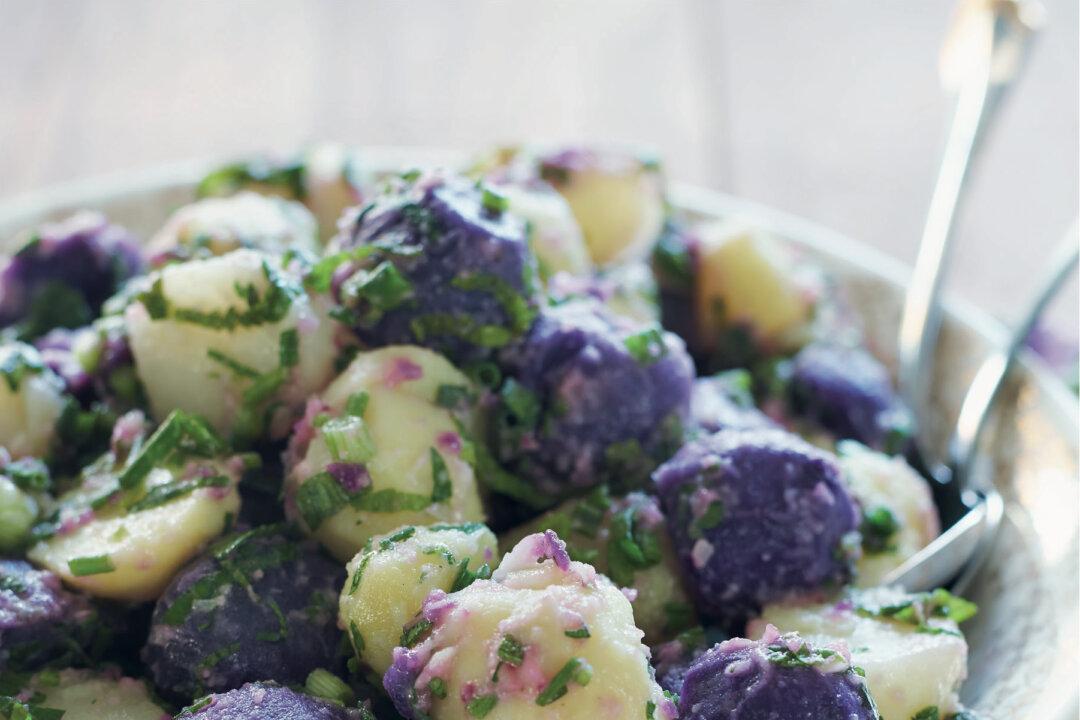Grandmas and moms are quick—that’s a fact. Try catching up with them in the kitchen; good luck to you.
When Julie Ann Sageer was rediscovering Lebanese family recipes with the help of her quick-as-lightning mother, she would have to tell her, “Freeze frame your hands!” so she could see what she doing.
That handiwork practiced over years of cooking, “how things are pinched, how things are rolled,” as Sageer explained, is key to Lebanese cuisine. But blink and you'll miss those family secrets.
Sageer shares that knowledge, passed down for generations, in her cookbook, “Julie Taboulie’s Lebanese Kitchen: Authentic Recipes for Fresh and Flavorful Mediterranean Home Cooking.” ($29.99)






